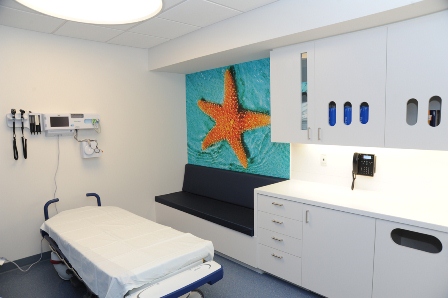In the entire history of humanity, we now live in a time when access to healthcare is easier than ever. At least for those of us living in the United States and most developed countries, gone are the days when it could take several days to get to a hospital or to the closest physician. Patients often died before receiving any medical attention.
Neighborhood primary medical care centers and urgent care clinics have been on the rise throughout the last 20 years and the numbers have rapidly grown over the past decade. Patients are choosing to visit their local primary medical care center and urgent care clinic over crowded hospital emergency rooms or long wait times for appointments with their primary care physician. The convenience of these facilities, often strategically located in close proximity to residential neighborhoods and commercial centers, makes them an easy choice for most Americans. A primary medical care center or urgent care clinic will have the latest technology for diagnosing and treating most common non-life threatening ailments and illnesses in addition to being staffed by highly trained medical doctors, physician assistants, nurses, and medical technicians. Patients are also drawn to seek care at a primary medical care centers or urgent care clinics to avoid hefty hospital bills that can be quite steep even for emergency room visits only.
Primary medical care centers and urgent care clinics are now on the front line in identifying symptoms that can lead to more serious health crises. Because primary medical care centers and urgent care clinics work closely with hospital emergency departments, referrals can be made quickly, should a patient require more intensive medical care.
A typical urgent care clinic will have a lab and an x-ray machine on site leading to faster diagnoses. Patients can make an appointment but walk-ins are always welcome at primary medical care centers and urgent care clinics.
According to the website, www.patientengagementHIT.com, “Urgent care clinics are seeing huge numbers off patients, topping off at 15,300 patients annually and 294 patients weekly in 2016.”
The critical issue is in educating patients about when to choose to go to a hospital emergency department should there be a serious life-threatening emergency, or to a primary medical care center or urgent care clinic for those non-life-threatening symptoms that could be easily treated.
